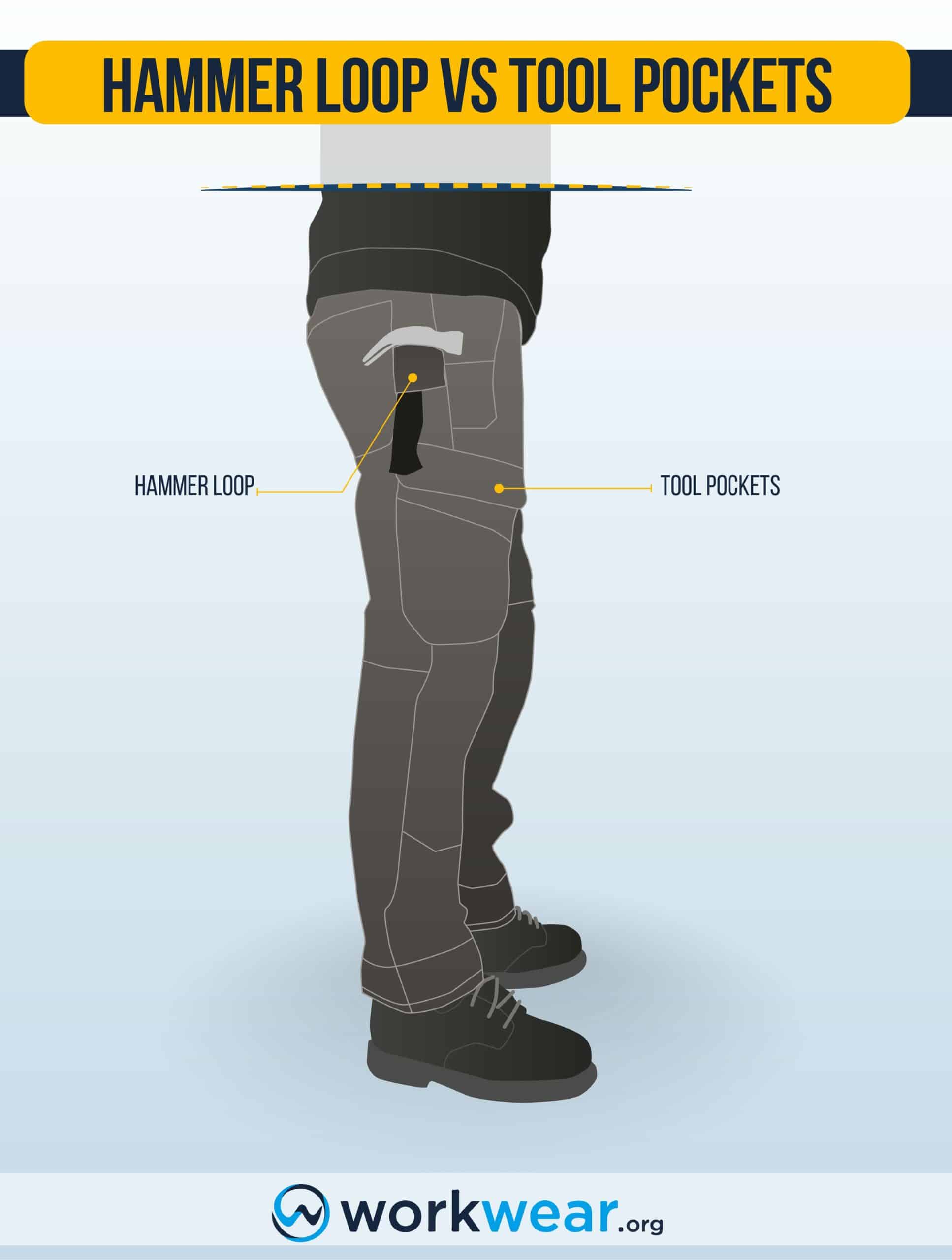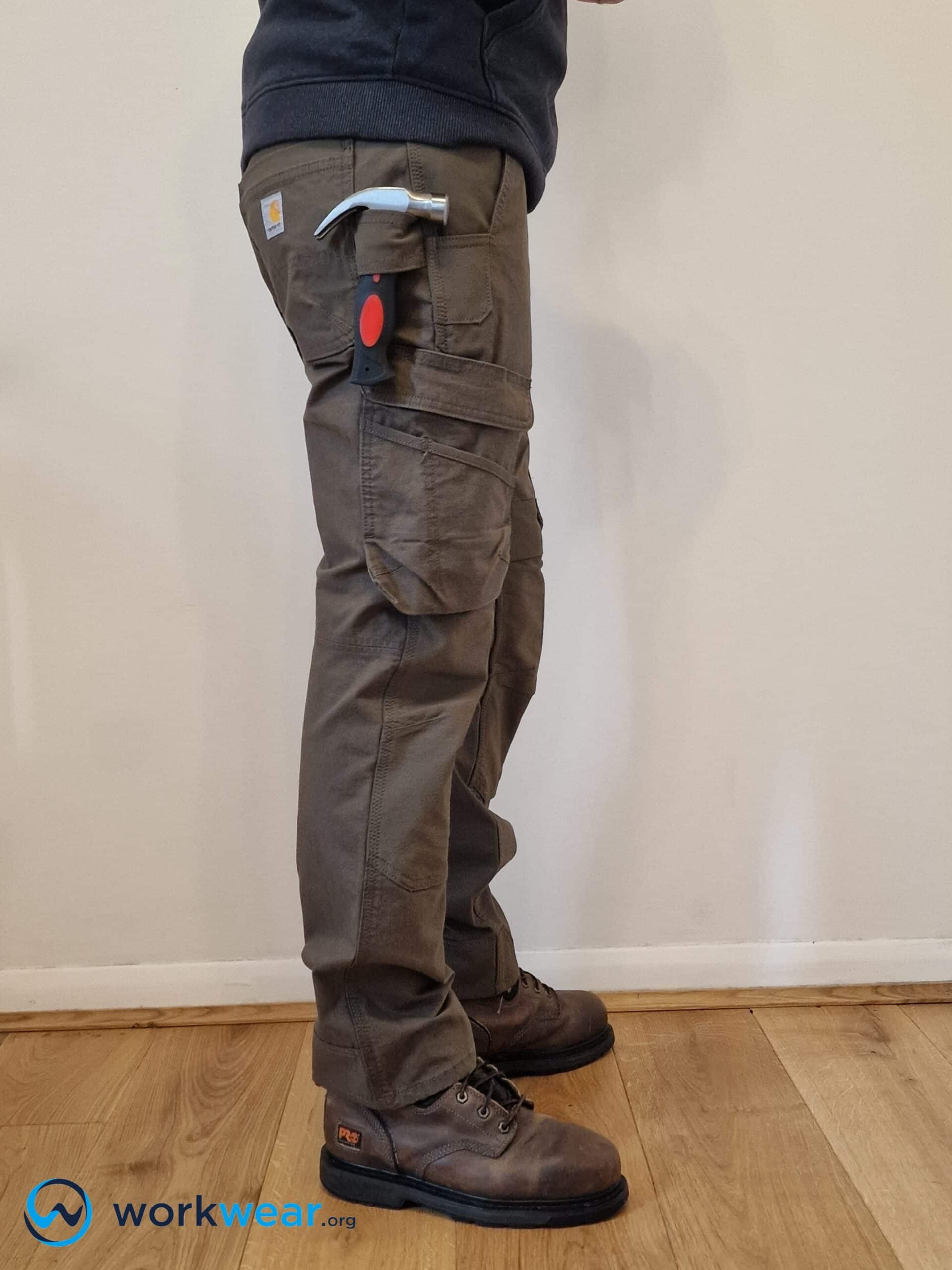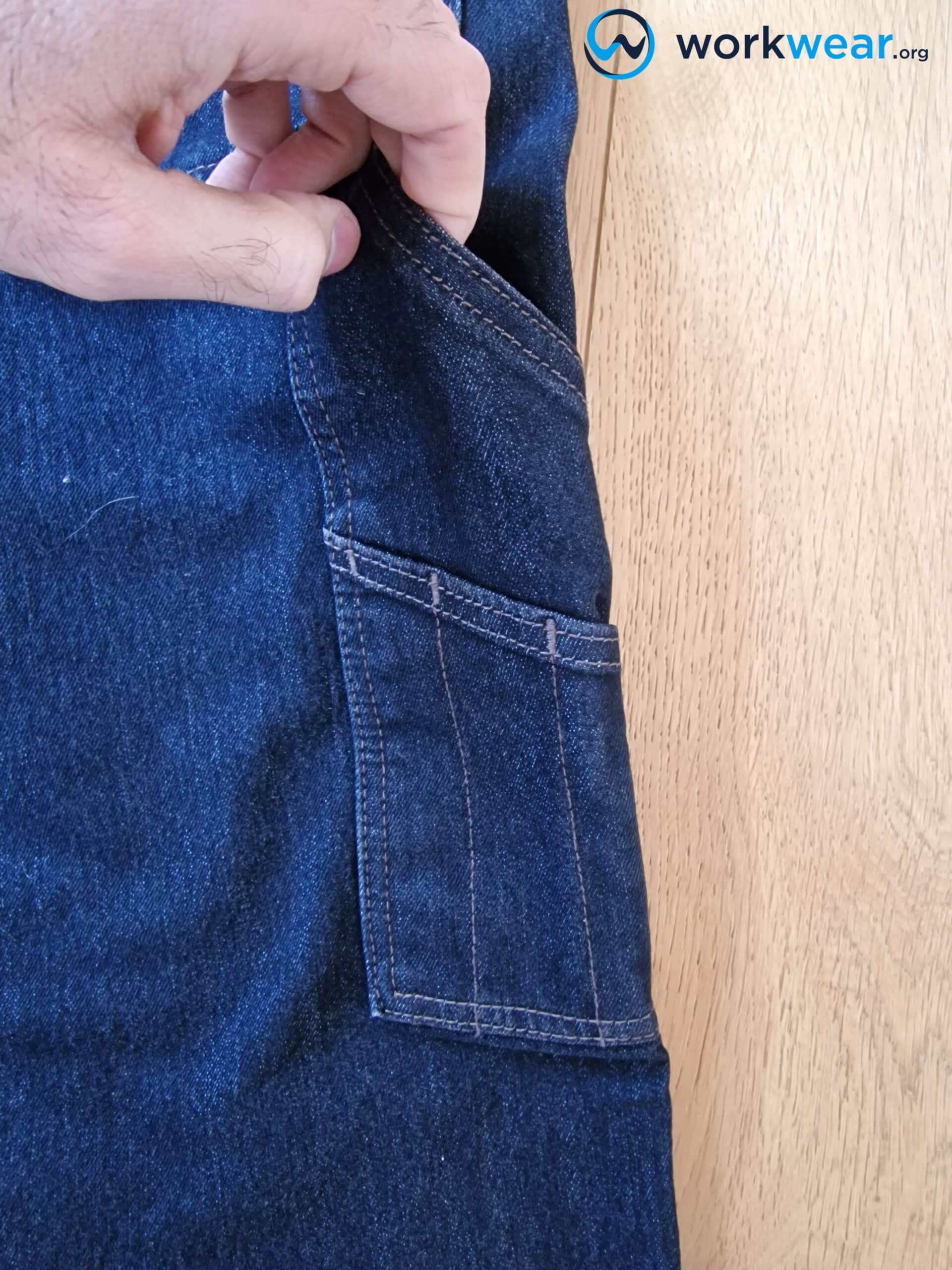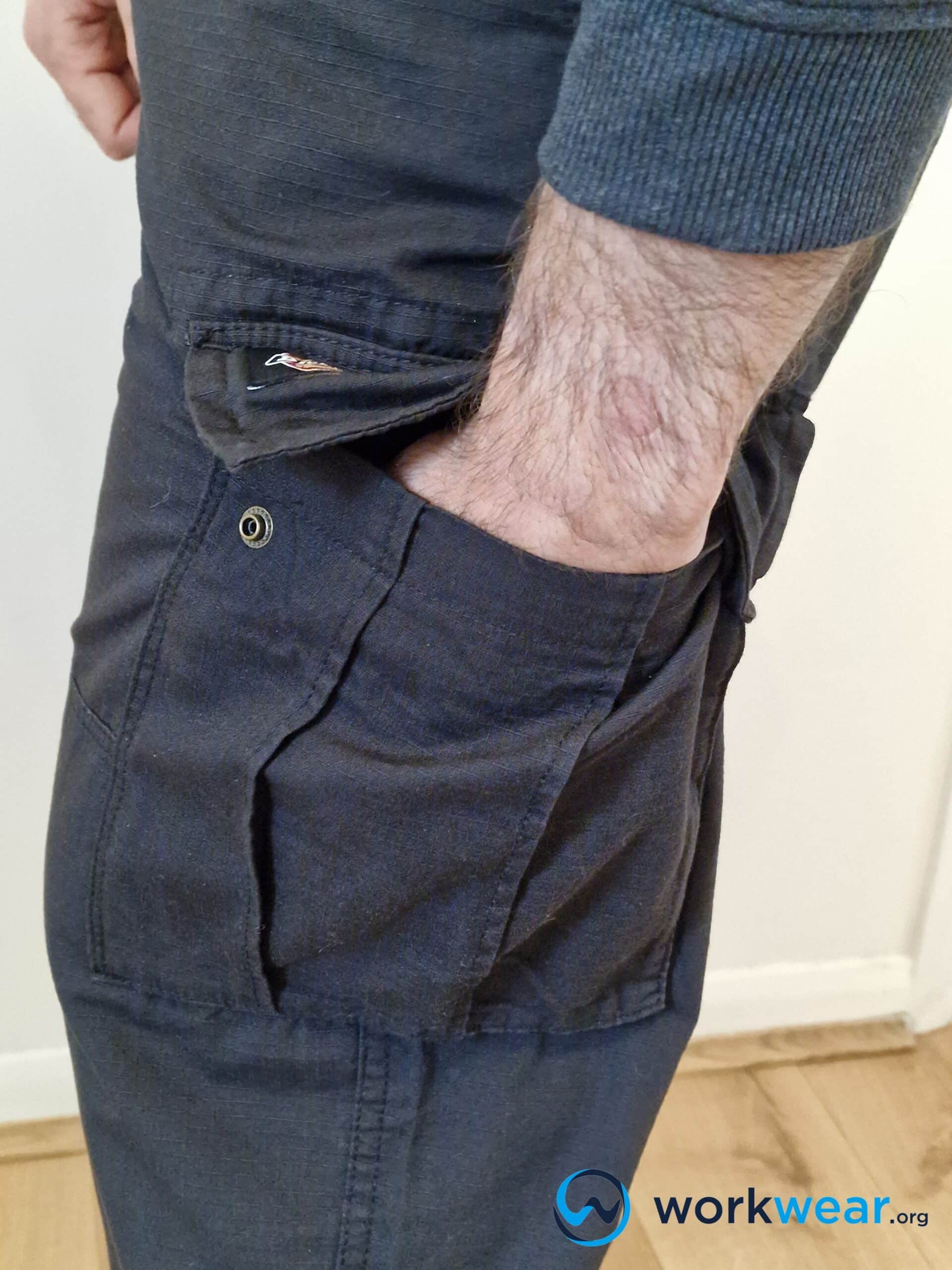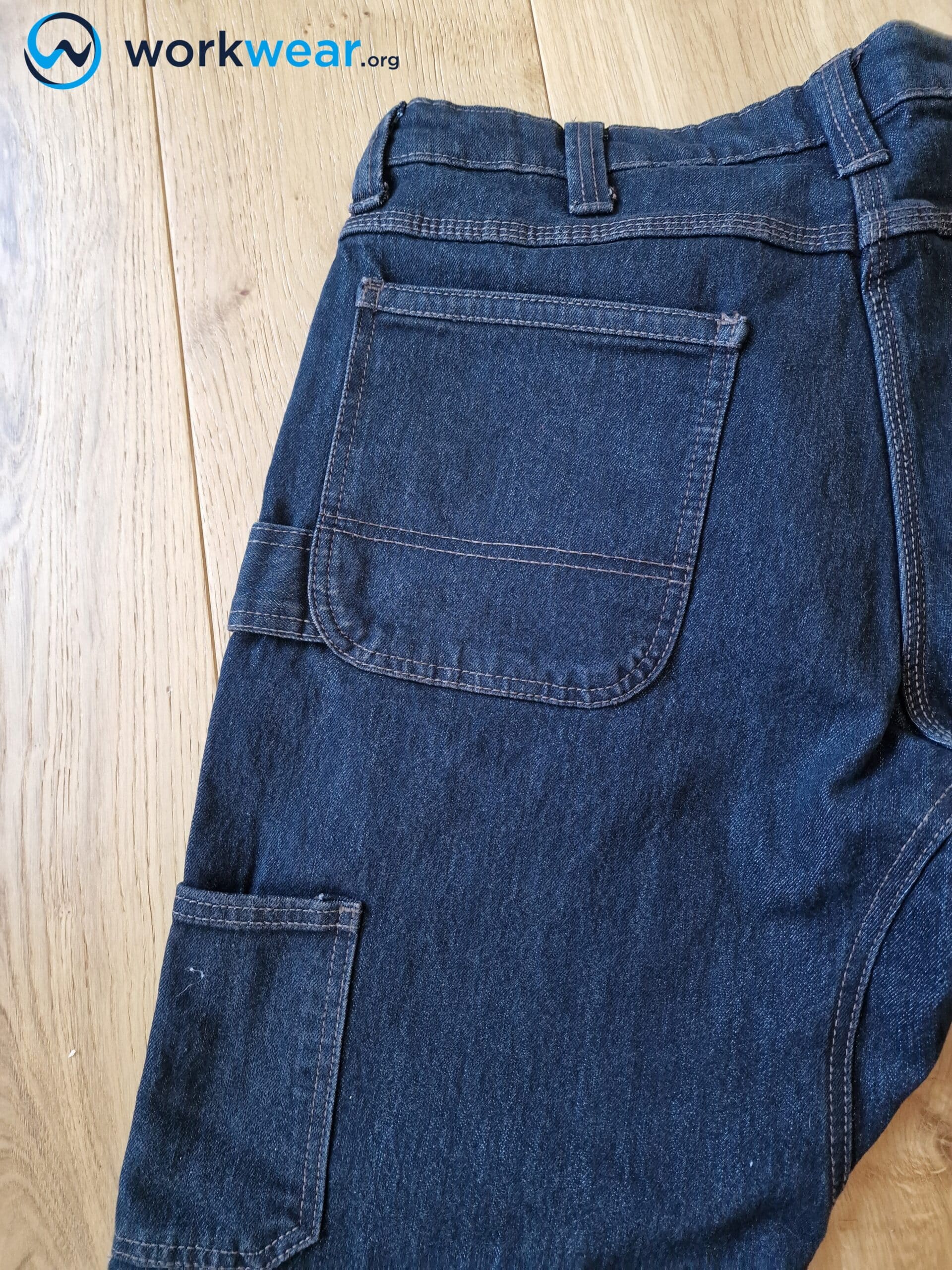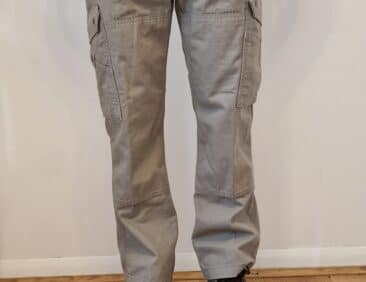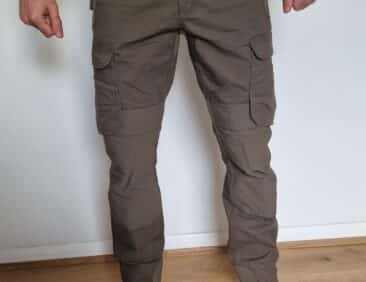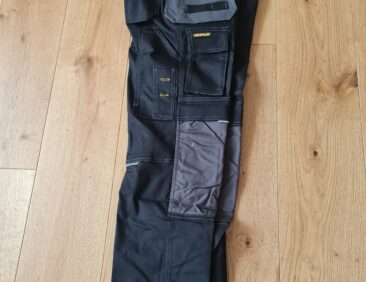Hammer Loop vs. Tool Pocket – Comparison
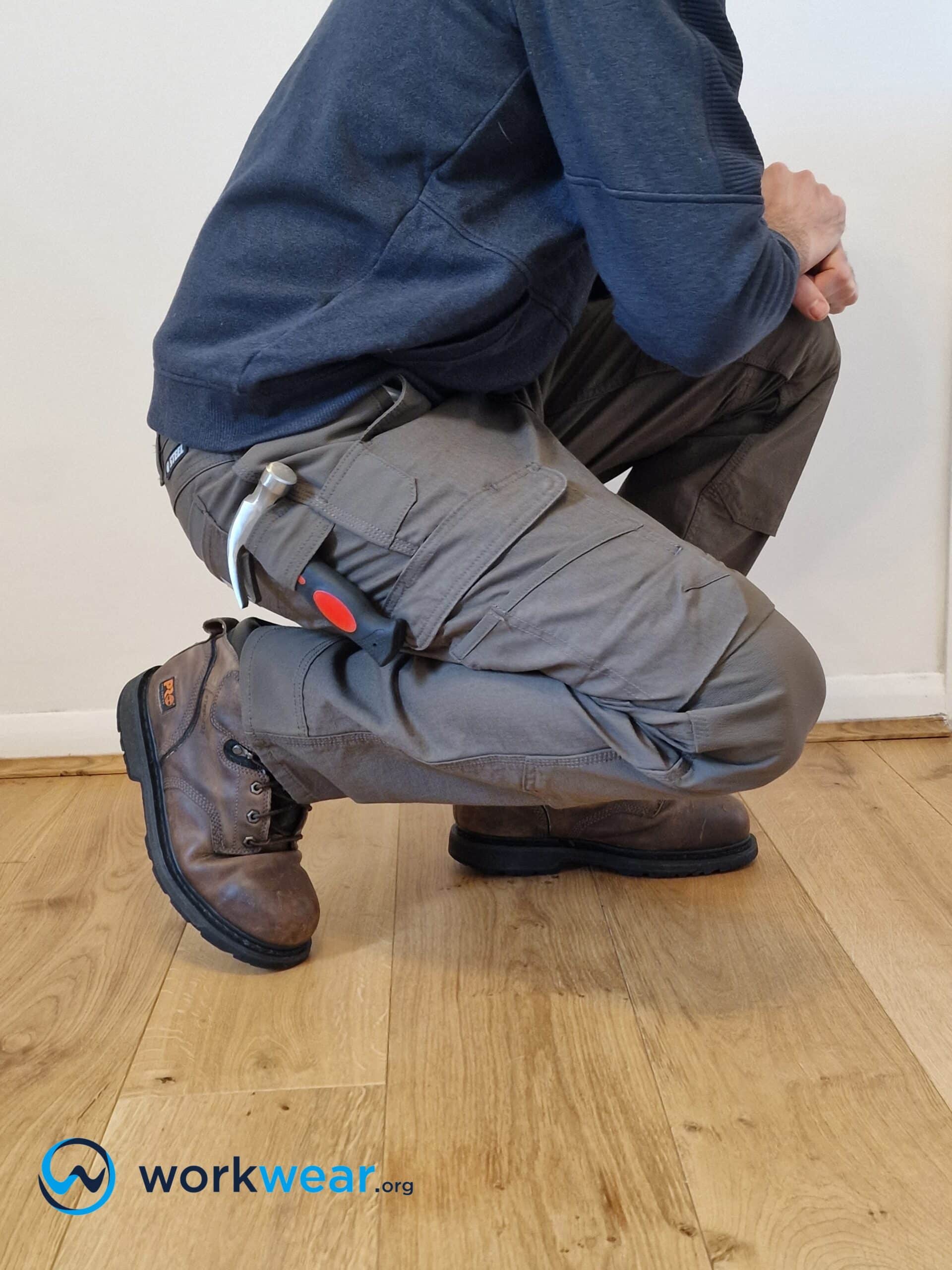
When you have a lot of things to do for the day, the last thing you want to do is to go back and forth to different spots to get important tools and other items so you can get the job done. This is especially true if the area you’re working in is separate from where your tools are stashed.
Hammer loops and tool pockets are helpful additions to work pants and overalls, offering a way to bring along a hammer and other tools throughout the day without needing to carry these essentials by hand.
These add-ons are usually seen only on pants and garments designed for work, although they can sometimes be included for decorative purposes. Next, we’ll take a closer look at hammer loops and tool pockets to see what sets them apart and to better appreciate their benefits for various jobs.
Key Takeaways
- Hammer loops and tool pockets offer convenient spaces for tools and other work essentials to be stashed so that these items can stay within reach throughout the day.
- A hammer loop keeps the hammer in a dedicated area to easily access it. With its position outside the pants, the hammer loop prevents the hammer from scratching other items and minimizes the risk of the tool being misplaced around the work site.
- However, as the hammer loop is created only with a strip of fabric that loops around the tool, the hammer can swing and hit the leg or may fall out accidentally with certain movements. It also needs to be more spacious and efficient as a tool belt.
- Tool pockets have more room to accommodate tools, plus other items that need to be carried around for the day. They also secure the hammer and other essentials in an enclosed space, reducing the risk of these objects accidentally coming out of the compartments with sudden movements.
- Tool pockets can quickly get filled up with various items, so they tend to be heavy and bulky enough to cause discomfort. They’re also not the best areas for valuable or sensitive items, such as fragile items that can be damaged if they’re scratched by other hard items sharing the same space.
Hammer Loop
A hammer loop is a fabric attached to one of the pant legs.
As the name suggests, it forms a loop to hold a hammer, making it easier to bring along without needing to lug it around by hand. The loop’s position on the pant leg is crucial as it makes the hammer more accessible, so it’s easier to get and place back into the loop without interfering with other movements while on the job.
Key Advantages of Hammer Loops
Dedicated space to hold the hammer
A hammer loop is created specifically to hold a hammer in place, making it easier to bring the tool along so you’ll have it on hand when you need it. This is a much more convenient way of using and bringing the hammer than going to and from where the toolbox is placed to get the hammer multiple times when needed throughout a workday.
Accessible position
The hammer loop is often sewn onto one of the pant legs, which can easily be reached by the hands when needed.
Most of the time, it’s fitted onto the left pant leg, allowing the left hand to quickly reach for it and transfer it to a steadier position on the right hand before it can be used to work on certain tasks. However, the loop can also be placed on the right side, such as the one featured on the Carhartt Steel Rugged Flex Relaxed Fit Cargo Work Pants. The loop can also be fitted into other components, such as a detachable tool belt or on snap-off pockets (such as the one featured in Caterpillar H2O Defender Work Pants).
Minimizes the risk of misplacing the hammer
A hammer loop offers a specific place for the tool, so there’s less risk of you leaving the hammer in areas where it can end up being lost.
Since the loop allows you to bring along the hammer even after you’re done using it, you’re less likely to forget about it and leave it lying around.
It prevents the hammer from scratching other items
If a hammer is placed in a compartment along with other items, there’s a chance that the tool’s sharp, hard parts can do serious damage.
Since it can only accommodate one tool, the hammer loop eliminates the danger of scratching other items in the same pocket.
Key Disadvantages of Hammer Loops
The hammer can swing and hit the leg
The hammer loop holds the hammer in a designated place, but since it’s just a piece of fabric, it doesn’t cover much of the tool’s structure. As a result, only a small portion of the hammer is held in place, so the handle and grip can swing uncontrollably with certain movements.
This can result in the hammer repeatedly banging on the leg – which isn’t a nice thing since the hard, heavy tool can cause great discomfort.
Can make the hammer fall out accidentally
A hammer loop is designed to hold the head of the tool in place. First, the tool needs to be secured since the loop is usually created to fit loosely around the hammer.
It can accidentally fall out of the loop if you bend your knee – for example, to kneel or crouch.
Sometimes, the hammer can hit another person or breakable items when it falls from its position inside the hammer loop.
Not as efficient as a tool belt
Hammer loops are great additions to pants and overalls, but their structures offer limited function.
They’re not as efficient as tool belts with multiple compartments to hold more than just one tool and can be customized – as well as attached and removed as needed – for maximum convenience.
Uses of Hammer Loops
Hammer loops hold hammers in place, so they’re within easy reach during the workday, making them beneficial for the following jobs:
- Carpenters
- Engineers
- Construction workers
- Maintenance personnel
Tool Pockets
Tool pockets are large compartments on work pants or cargo pants that are typically open (without snap or button closures) for easy access to the items inside.
They’re designed to provide a spacious area for accommodating tools and other work essentials that may be too big for other pockets.
Unlike hammer loops, these pockets can keep the tool in a more secure area where there’s less risk of the item accidentally falling out when you move. The pocket can also be fitted with another compartment (such as a pencil pocket) where you can stash smaller items.
Key Advantages of Tool Pockets
More space for other essentials
Since it’s a pocket and not just a loop, a tool pocket will have a bigger space to hold more objects.
Aside from a hammer, the pocket will most likely have the extra space to accommodate other items (maybe a handy notepad and a pen or small instruments) that you will need to finish the tasks for the day.
Secure the hammer and other items inside
Tool pockets keep work-related items (including tools) in an enclosed space, minimizing the risk that these objects will accidentally spill out when you kneel – something which is more likely to happen with hammer loops.
Even if most tool pockets don’t come with flaps or other enclosure types, they usually have a deep design that can secure the items inside to prevent them from unintentionally popping out.
Key Disadvantages of Tool Pockets
It can easily become heavy
Tool pockets are often larger than those fitted into work pants or cargo pants. As such, it’s easy to get carried away and stuff these pockets with more items you need.
This results in the tool pocket becoming too heavy as it accommodates plenty of objects you want to be within easy reach.
Not for fragile or valuable items
A tool pocket may be spacious enough to accommodate many items, but it’s not the best place for valuable or fragile items.
This is because this pocket is often designed without a flap or snap/button closure, so the sensitive item may be damaged if it accidentally pops out of the compartment when you move. Also, the tendency to put various items in a large pocket can result in the fragile item being scratched or damaged in other ways.
Uses of Tool Pockets
Tool pockets help secure more items compared to hammer loops and are ideal for stashing tools as well as other objects that the following professions may require:
- Farmers
- Plumbers
- Surveyors
- Auto mechanics
Hammer Loop vs. Tool Pocket – Comparison Table
| Type |
Pros |
Cons |
|---|---|---|
| Hammer Loop |
|
|
| Tool Pocket |
|
|
Personal Testing Experience
We had the chance to use two pairs of work pants with utility/hammer loops and tool pockets; offering added convenience. The Carhartt Steel Rugged Flex Relaxed Fit Cargo Work Pants are made with a thick yet stretchy fabric providing maximum ease of movement while maintaining exceptional durability against abrasion and tears. They even had Cordura-reinforced sections for additional resistance to premature damage, including multiple pockets and a utility loop for securing a hammer so it won’t get in the way of other tools and essential items. Meanwhile, the Caterpillar H2O Defender Pants are also made to stretch easily and enhance with strong water resistance to maintain comfortable dryness in challenging weather conditions. In addition, they come with detachable tool bags that are fitted with small pockets and utility loops to hold a hammer and another tool. Finally, these pants also have a tool pocket to secure larger items and protect them from accidentally falling out.
Meanwhile, the Carhartt Steel Rugged Flex Relaxed Fit Cargo Work Pants are built with Cordura Stretch Ripstop fabric that offers superior resistance to abrasion and tears for maximum durability. The material is enhanced with Full Swing and Rugged Flex technologies that provide ample stretch, promoting enhanced ease of motion and comfort. Multiple pockets provide more than enough space for essential items, while Cordura reinforcements on some components increase the pants’ resistance against normal wear and tear. These pants are slightly heavier than other cargo pants, though, so they’re not the most excellent choice for those who are after lightweight pants.
Conclusion
Hammer loops and tool pockets are helpful additions to carpenter pants and cargo pants, making it easier to carry along important tools and other objects that are needed throughout the day. A hammer loop offers a dedicated space for the hammer in an accessible position, minimizing the risk that the tool can be misplaced and reducing the chances of the hammer damaging other items (if they’re all stored together in one space). However, the hammer loop doesn’t prevent the hammer from falling out accidentally or hitting the leg when it swings and is less efficient than a tool belt. On the other hand, a tool pocket is built to be large enough to hold more items and secures the hammer in an enclosed compartment. It tends to become quite heavy if it’s filled up and could be better for valuable or fragile items.
FAQs
- Why is the hammer loop made with a twisted fabric?
- The twisted design of a hammer loop offers extra strength to help support the bulk hammer’s considerable weight in place. It also helps resist premature damage, allowing the loop to last longer.
- Are hammer loops always made with the same material as the rest of the pants?
- No, a hammer loop can be made with sturdier materials, such as nylon.
- Can electronic gadgets be placed in tool pockets?
- Although most gadgets can fit in available tool pockets, we recommend stashing them in more secure compartments, such as spacious cargo pockets with flaps and buttons or Velcro closures. This is to ensure that the gadgets will stay put.
- Why do tool pockets need to be reinforced?
- These pockets usually hold heavy, hard, or abrasive items. The reinforced lining or opening will increase the pockets’ resistance to premature damage, especially if the work pants are used regularly.
